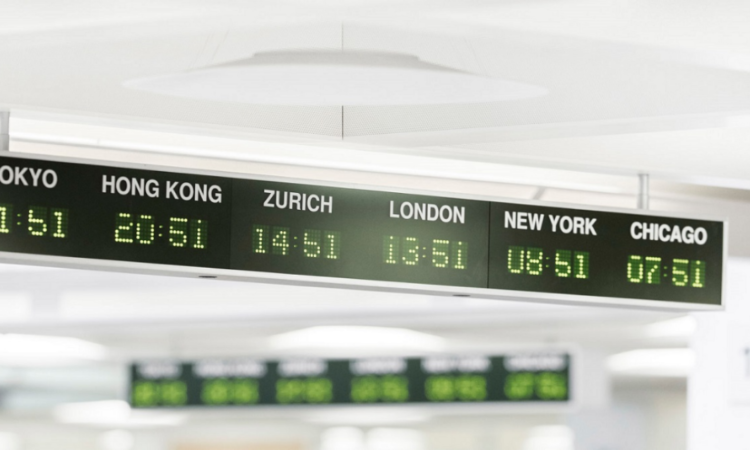
This partly reflects confidence that policymakers have acted swiftly enough to avert a full-blown crisis. But we expect continued anxiety over the health of the banking system to add to volatility. Meanwhile, banks look likely to cut back on lending in an effort to shore up liquidity—adding a headwind to economic growth. Against this backdrop, we are least preferred on equities.
A full-blown banking crisis looks unlikely, in our view.
- Recent actions by the US and Swiss authorities have shown a willingness to act swiftly to eliminate liquidity challenges.
- The Fed’s new Bank Term Funding Program (BTFP) has effectively removed the need for struggling backs to sell long-dated bonds at a loss to meet deposit withdrawals.
- Banks on both sides of the Atlantic are better capitalized than prior to the 2008 financial crisis.
But bank efforts to bolster liquidity look likely to be a drag on economic growth and stocks.
- A diminished appetite for risk among US regional banks along with attempts to rebuild liquidity could mean fewer new loans for the real economy.
- Lending standards were already tightening before the recent worries. The Fed’s latest Senior Loan Officer Opinion Survey showed that a net 43.7% of banks are tightening standards for small firms and 44.8% for large firms.
- Anxiety over bank stability adds to the potential for equity volatility.
So, we see limited returns and high volatility for equities in the remainder of 2023.
- While equities should remain a key component of long-term portfolios, we have downgraded them to least preferred.
- Within the asset class, we recommend diversifying beyond the US and growth stocks given elevated valuations and rising risks to the US economy.
Did you know?
- Banks with less than USD 250bn in assets account for roughly 50% of US commercial and industrial lending, 60% of residential real estate lending, 80% of commercial real estate lending, and 45% of consumer lending. And in the US, businesses with fewer than 500 employees account for 52 %of the private work force.
- The US banking system is far better capitalized than it was before the global financial crisis. At the end of 2022, the aggregate Tier 1 risk-based capital ratio stood at 13.65%, compared with 10.11% at the end of 2007.
Investment view
We downgraded equities to least preferred. Within the asset class, we recommend diversifying beyond the US and growth stocks given elevated valuations and rising risks to the US economy. We do, however, expect a positive performance from emerging market equities, including China and Asian semiconductor stocks, and select European themes, including German equities. At a global sector level, we like industrials, consumer staples, and utilities.
Main contributors – Vincent Heaney, Christopher Swann
Content is a product of the Chief Investment Office (CIO).
Original report – How will the turmoil in banking impact stocks?, 28 March 2023.





